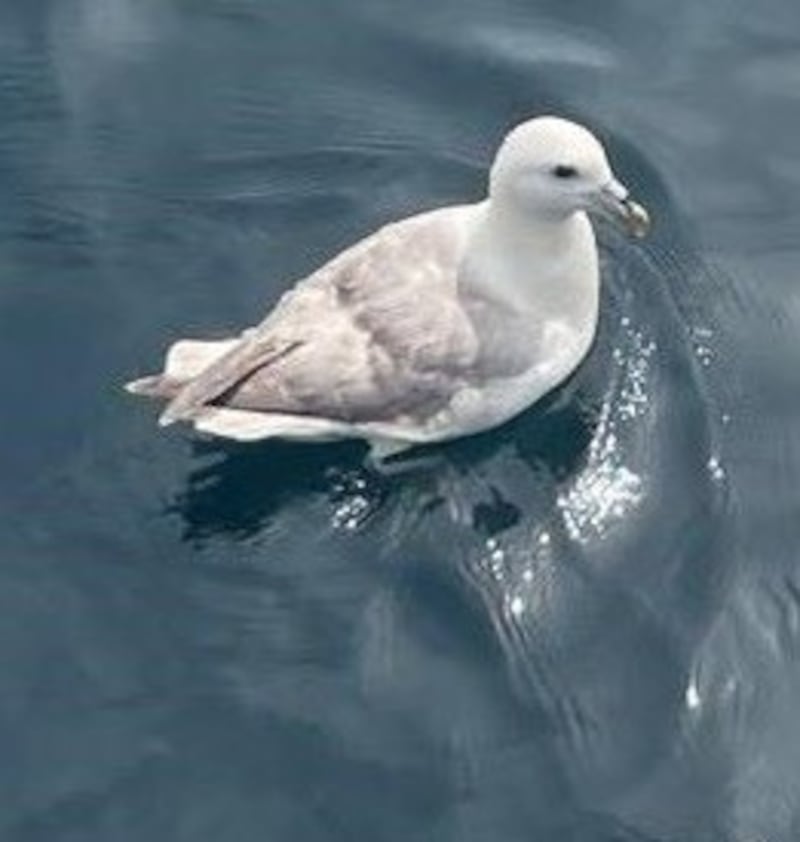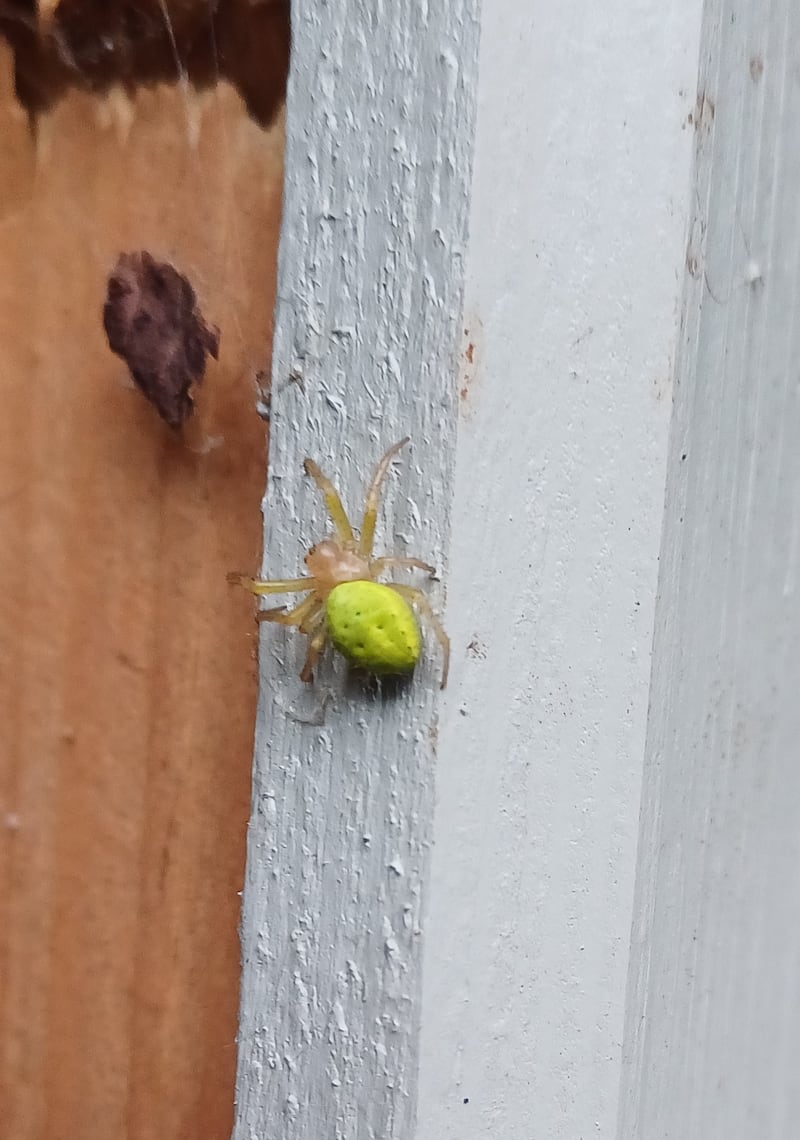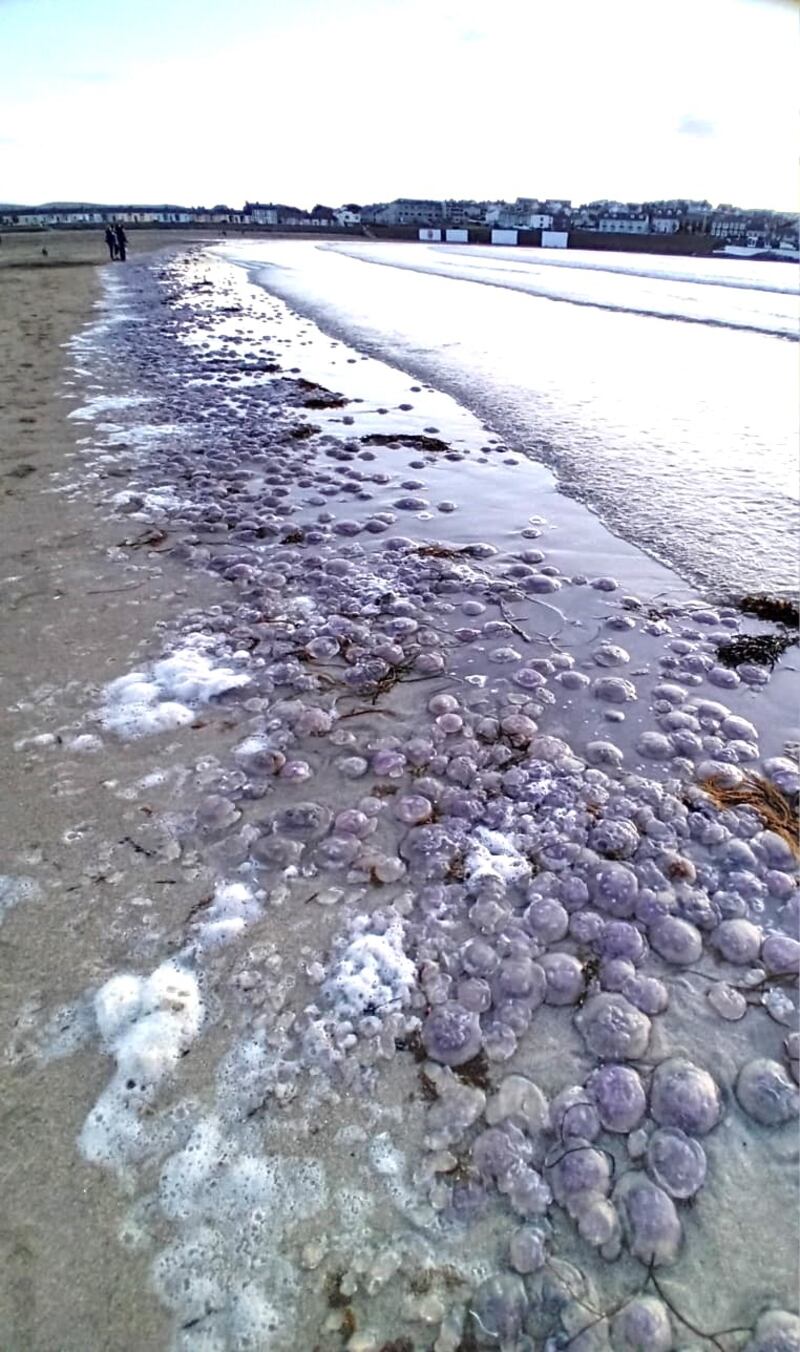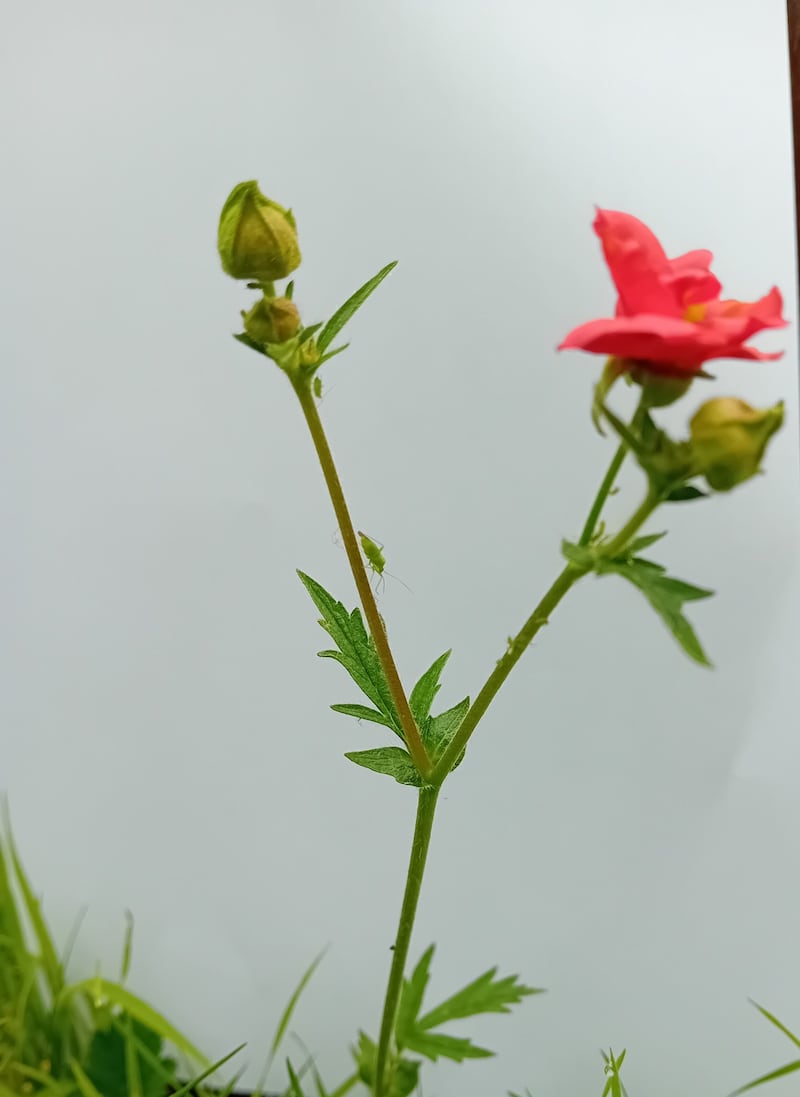[ad_1]
A neighbour and I were surprised to see a green moth on my front door. I had never noticed a green one before. Google suggests it is a common emerald moth. Valerie Ingram, Dublin
Google would seem to be right â on this occasion.

This gull looks like a beaten docket. I saw it in the sea off the coast near Teelin, Co Donegal. Will its bill recover? Sean Mac Giolla Deacair, Dublin
It is not a gull at all but a fulmar â known locally in that Gaeltacht area as Joe Cac na bFhaoileog. While the locals are right about the foul, evil-smelling liquid that it ejects at would-be predators, this in fact comes from its mouth. The oily liquid sticks to the feathers of predating gulls and glues them together, causing loss of waterproofness and the ultimate death of the gull. Fulmars are members of a group of birds known asâ¯tubenoses, or petrels, which include albatrosses, shearwaters and storm petrels â all of which have a nasal tube on the top of the bill. So, the one you saw is grand.

We saw this spider on our shed. Its legs and front are a peachy colour and it has a bright green body. It was very small, but I was fascinated. I have one question: is it an undiscovered species of spider or already known? Matthew Reynolds (9), Dublin
It is an undiscovered species of spider for you and well done for spotting and photographing one so small. However, it is already known to science and was called the cucumber spider â Araniella cucurbitina â by a scientist called Clerck in 1757. Your excellent photo is of a female, which at 6mm is bigger than the male. Like all spiders, it is a carnivore. This one spins a small orb web on leaves and feeds on the little flies and aphids that get stuck there.

This is a picture of the beach in Kilkee in mid-July. It was covered from one end to the other with moon jellyfish. The beach further north (White Strand Beach in Doonbeg) was covered in both moon jellyfish and compass jellyfish. Gene Clohessy, Doonbeg, Co Clare
This is a really good example of the impact the loss of biodiversity in our oceans. Tiny jellyfish are food for fish such as herring, whiting and dogfish. As these fish stocks steadily dwindle through overfishing, the jellyfish have fewer predators and more and more of them reach adult size. Strong onshore winds with a high tide can result in a significant stranding such as this. Moon and compass jellyfish can sting us but cause little harm compared with bigger species such as lionâs mane. The washed-up ones will quickly die and dry out, and the next high tide in a fortnightâs time should clear them away.

This plant appeared in the back garden. Superficially it looks like a poppy, but it is not according to the Collins flower book. It has too many petals and the leaves are not pinnate. Its height was 26cm. Gerry OâKeeffe, Co Donegal
It is a garden flower â Potentilla x Gibsonâs Scarlet â and not a poppy at all. It is bred by gardeners for its showy red flowers, and this one should be searched out in books of garden flowers rather than in the excellent Collins guide, which deals only with wildflowers. Poppies have just two green sepals, which quickly fall off when the poppy opens its four petals. Your plant has five green sepals, which are retained as a green frill under the five open petals. I see that the aphids have taken a shine to it.
Please submit your nature query, observation, or photo, with a location, via irishtimes.com/eyeonnature
[ad_2]
Source link



